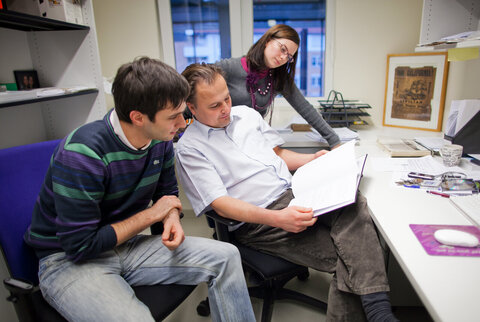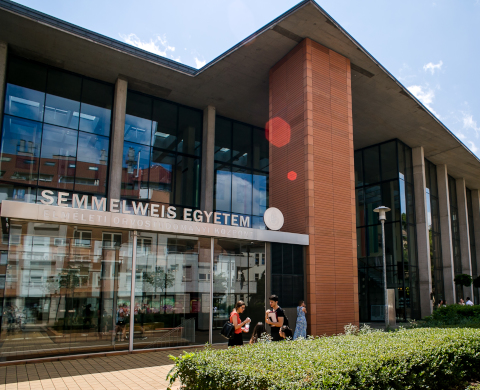Bemutatkozás
A TRANSZLÁCIÓS MEDICINA INTÉZET Az Intézet 2019-ben jött létre Dr. Benyó Zoltán vezetésével, két – hosszú ideig különálló – intézet, a Klinikai Kísérleti Kutató és Humán Élettani Intézet valamint a Kórélettani Intézet egyesítése révén. Intézetünk a transzlációs medicina szellemében folytatja kutatásait olyan élettani és kórélettani jelenségek megismerését tűzve ki célul, melyek közvetlen kapcsolatba hozhatók egyes …

Hasznos linkek
Elérhetőségek
Cím
1094 Tűzoltó u. 37-47.
1094 Tűzoltó u. 37-47.
Telefon
+36 1 210 0306, +36 1 459 1500/60300
+36 1 210 0306, +36 1 459 1500/60300
Fax
334-3162
334-3162
E-mail
transzmed@semmelweis.hu
transzmed@semmelweis.hu

